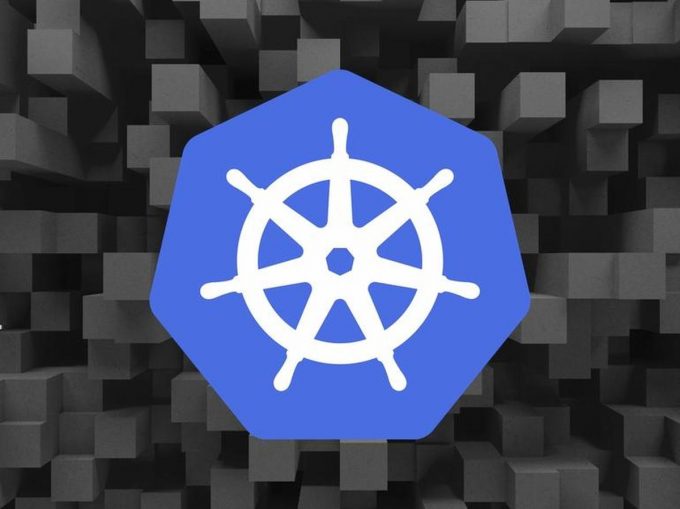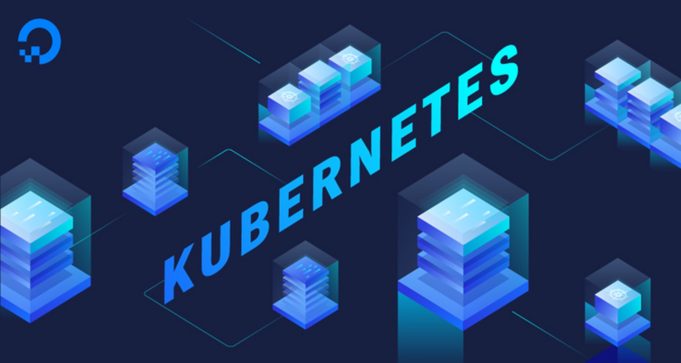With the constant advancement of technology and computing, software developers also have to constantly keep up with these changes.
Over the years, they have come to use a variety of useful tools to help them create and run cloud-native apps on both virtual and physical infrastructures. Besides automation and orchestration tools, containers have become another essential tool that offer developers more flexibility for running applications with speed and reliability from one environment to another.
But just like with any other smaller software unit, they also require management and this is where a new and on the rise tool known as Kubernetes comes in.
Cloud computing and cloud-native apps are taking over, so it should not come as a surprise that many businesses are altering and shifting their infrastructures to reflect this era that is driven by data. This is also one of the biggest reasons Kubernetes is likely to become the next big thing in the industry.
But what does it do and what is it used for exactly? Why should you use it?
Well, if you would like to find out the answers to these questions and would like to learn more about Kubernetes, here are a few things to have in mind.
What Are Containers?

They are small digital machines and a standard software unit in which code or data is stored. They are specifically designed to enable apps to reliably and effectively run from one computing environment to another extremely fast.
As opposed to regular virtual machines, these units have no device drivers or any of its other components. Additionally, they can be installed anywhere, are self-contained, as well as machine-agnostic (able to work with a variety of software and systems without needing special adaptations of any kind).
Today, these containers are extremely popular and are probably only going to continue rising in popularity and use in the future.
Why is Orchestration Important and Necessary?
No matter the computer system, orchestration is used to configure, coordinate, and manage them automatically. Since professionals have to manage a vast variety of apps and servers simultaneously, manually doing this is not scalable, in fact, it is almost impossible. This is why orchestration is not only important but necessary as well.
To put it simply, where automation is used to automate a single task, orchestration combines and automates several of them at once.
In terms of containers, it can be used to automatically increase spin up (the process of starting the hard disk drive) whenever a container needs more CPU, memory, or storage. Moreover, since cloud companies charge you based on your storage use or CPU time, you have to make sure that there are no unnecessary working containers on your cloud taking up your storage or increasing your CPU. Orchestration can help you find them and shut them down, as well as help you track all your other units.
And this is exactly what Kubernetes is used for. This is also the reason why many companies are heavily investing in it, some even creating their own solutions. For additional information about this, you can read more here.
What is Kubernetes?

This open-source tool was built by Google’s software developers and much of its success can be contributed to the company. It is designed for containerized applications and it is an orchestration tool meant to manage, scale, and deploy such apps.
Instead of having to complete certain processes manually, the tool now allows individuals to automate them and it also has the ability to interact with several containers simultaneously. Aside from management, it also offers other services such as security, storage, as well as networking.
It is a self-monitoring system that constantly scans and checks the state and health of the containers and can also calculate and find the best location to place them. When running applications, it offers you the chance to add a preferable storage system and the best thing of all – it runs everywhere, allowing you to move your workload to any place you desire.
Its Basic Components
1. Nodes
Created with your cloud’s operating system or manually installed, they are virtual or physical worker machines in Kubernetes. They are used to run pods and contain information such as addresses, conditions, capacity, and general information.
2. Pods
A cluster of containers that go logically together is known as pods. They are the smallest manageable computing units that Kubernetes can create, deploy and manage. Together, pods form a single unit and share one IP address, although they do not have to work at the same time.
They have several uses but are primarily used to locate and manage programs such as proxies, adapters, bridges, compression, content management systems, controllers, and many others.
3. Deployment
Deployment is formed by a set of pods and is built to make sure enough pods are running to support an application, at the same time shutting down unnecessary ones. It uses, for example, CPU utilization to do this.
The Benefits

So what advantages does this orchestration tool offer companies?
It enables them to easily automate and control all deployments and updates while managing and monitoring containers on several hosts. They help businesses avoid any unnecessary issues such as an over-build of containers by organizing them into pods.
Companies can now scale all resources and apps and in real-time too while also being able to test and autocorrect applications. Moreover, it uses hardware much more efficiently, optimizing infrastructural resources, and saving money in the process.
Conclusion
While containers help run cloud-native applications, Kubernetes helps manage and keep track of containers. However, both help with deploying applications in a simplified and optimized manner, ensure machines are utilized to the fullest, subsequently bringing about many other cloud computing benefits too.
These advantages include things such as simplifying operations, infrastructure, and architecture, additional data center abstraction, a lowered cloud subscription price, and much more. With all this, it is easy to see why Kubernetes is praised by many and exactly why industry professionals are deeming it as the next big thing in container management and cloud computing.









